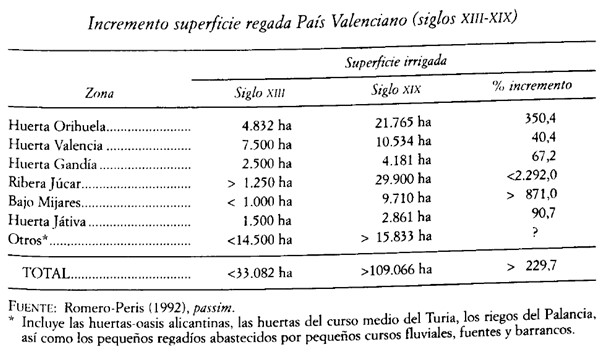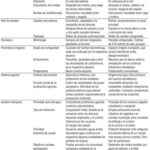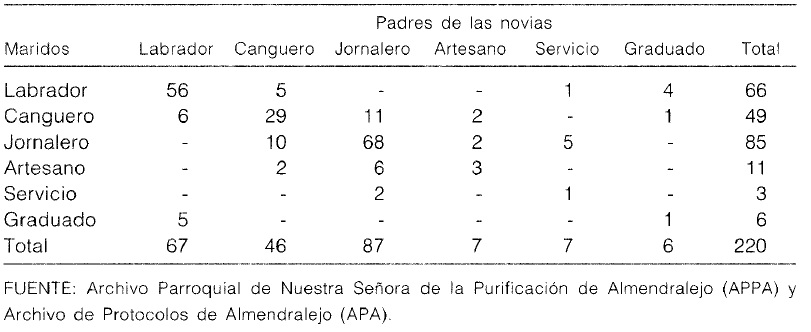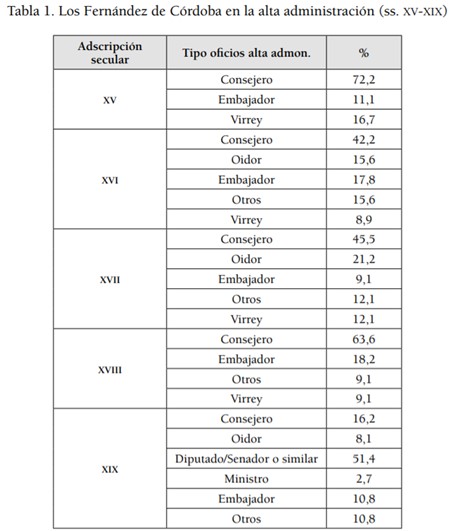
Obtaining water for cultivation has always been one of the social and economic concerns of farmers. From the late medieval water systems to the end of the Ancien Régime, the techniques and forms of irrigated agriculture evolved fruitfully. The resource shows the evolution of “Andalusian” and “feudal” approaches, giving them a distinct chronological space for both (13th-13th centuries for the former, and 13th-18th centuries for the latter). It was not only technological progress that had an influence; also the administration of irrigated land, the morphology of the market gardens, the mechanical priorities, the social use of water and hydraulic management favoured the development of the extension of irrigated cultivation in the Valencian countryside. With the increase and improvement of soil irrigation, horticultural crops and Valencian rice were able to expand.
Collection: Statistics
Project: 3. Rural world and urban world in the formation of the European identity., 4. Family, daily life and social inequality in Europe.
Chronology: XIII, XIV, XV, XVI, XVII, XVIII
Scope: Secondary Education, Baccalaureate, University
Link: https://dialnet.unirioja.es/servlet/articulo?codigo=5336527
Resource type: Statistics
Format: Table
Source: Peris Albentosa, T. (2015). "Consideraciones acerca de la «hidráulica feudal» desde la perspectiva de los molinos valencianos (siglos XIII-XVIII)", en Historia Agraria, 66, agosto, p. 57.
Language: Spanish
Date: 2015
Owner: Pablo Ballesta Fernández (Modernalia)
Copyright: ©Revista Historia Agraria ©Tomás Peris Albentosa
Abstract: Changes between medieval Andalusian hydraulic forms and the feudal forms of the Ancient Regime in the Kingdom of Valencia
Image
Tags








